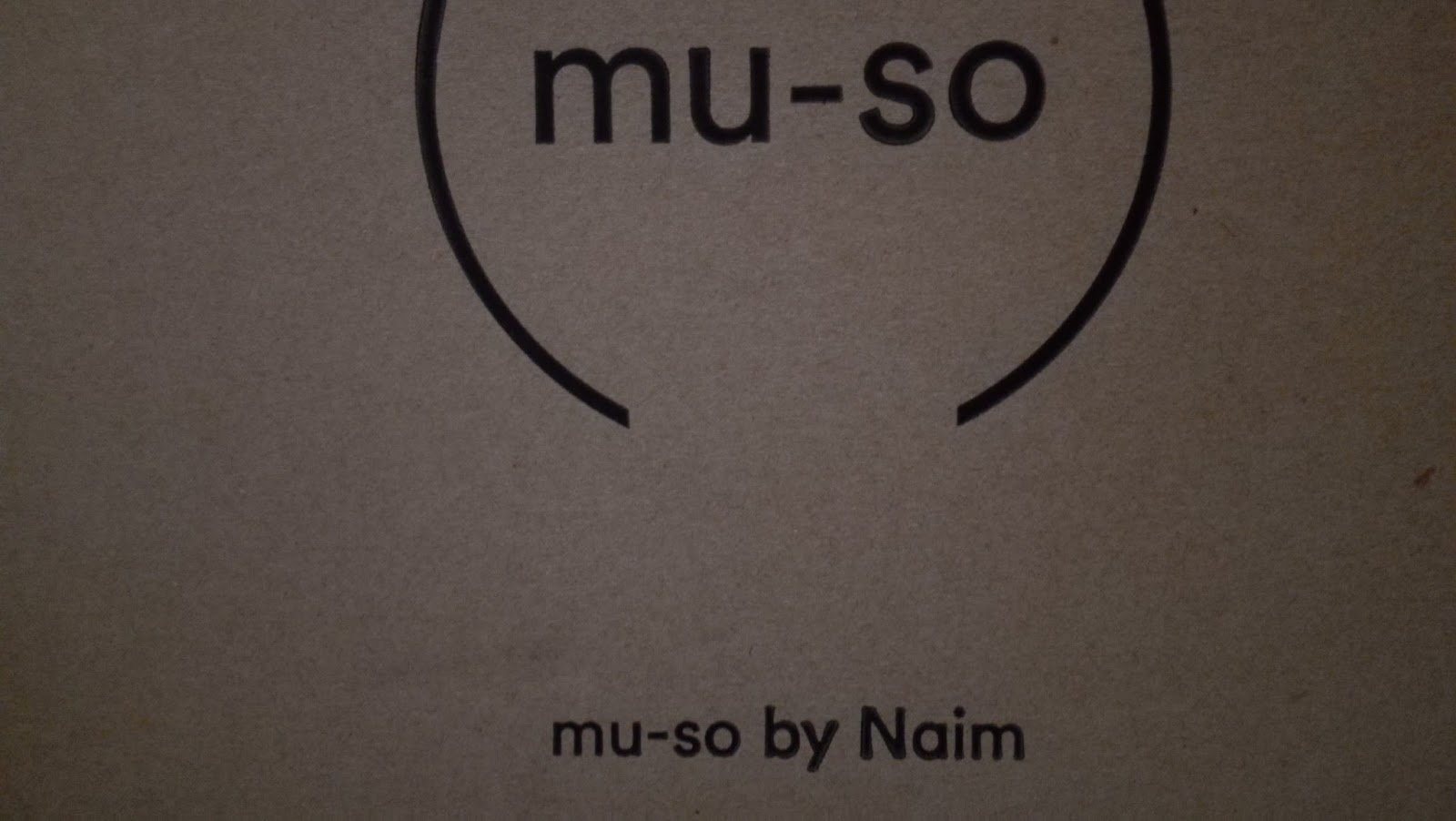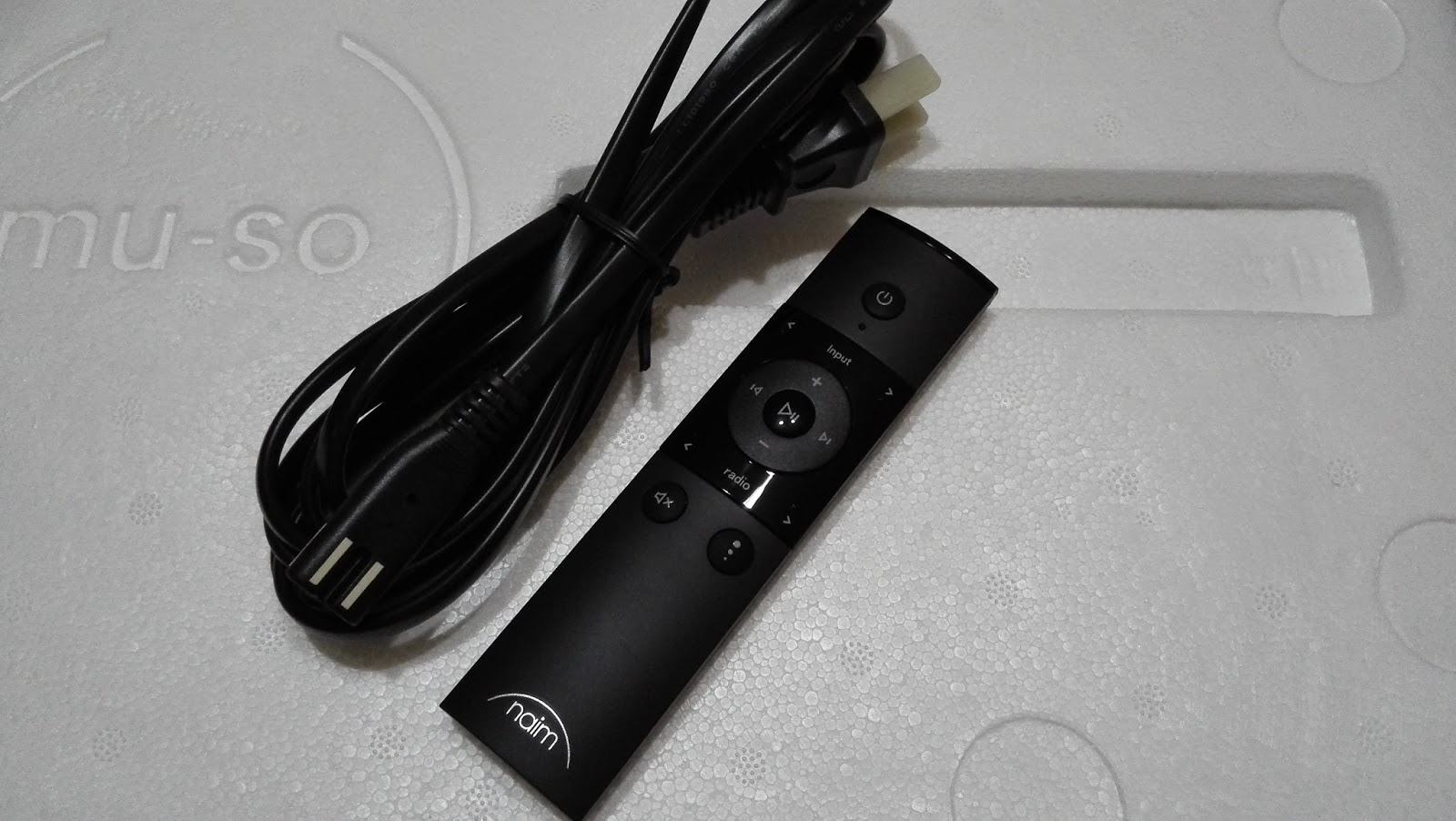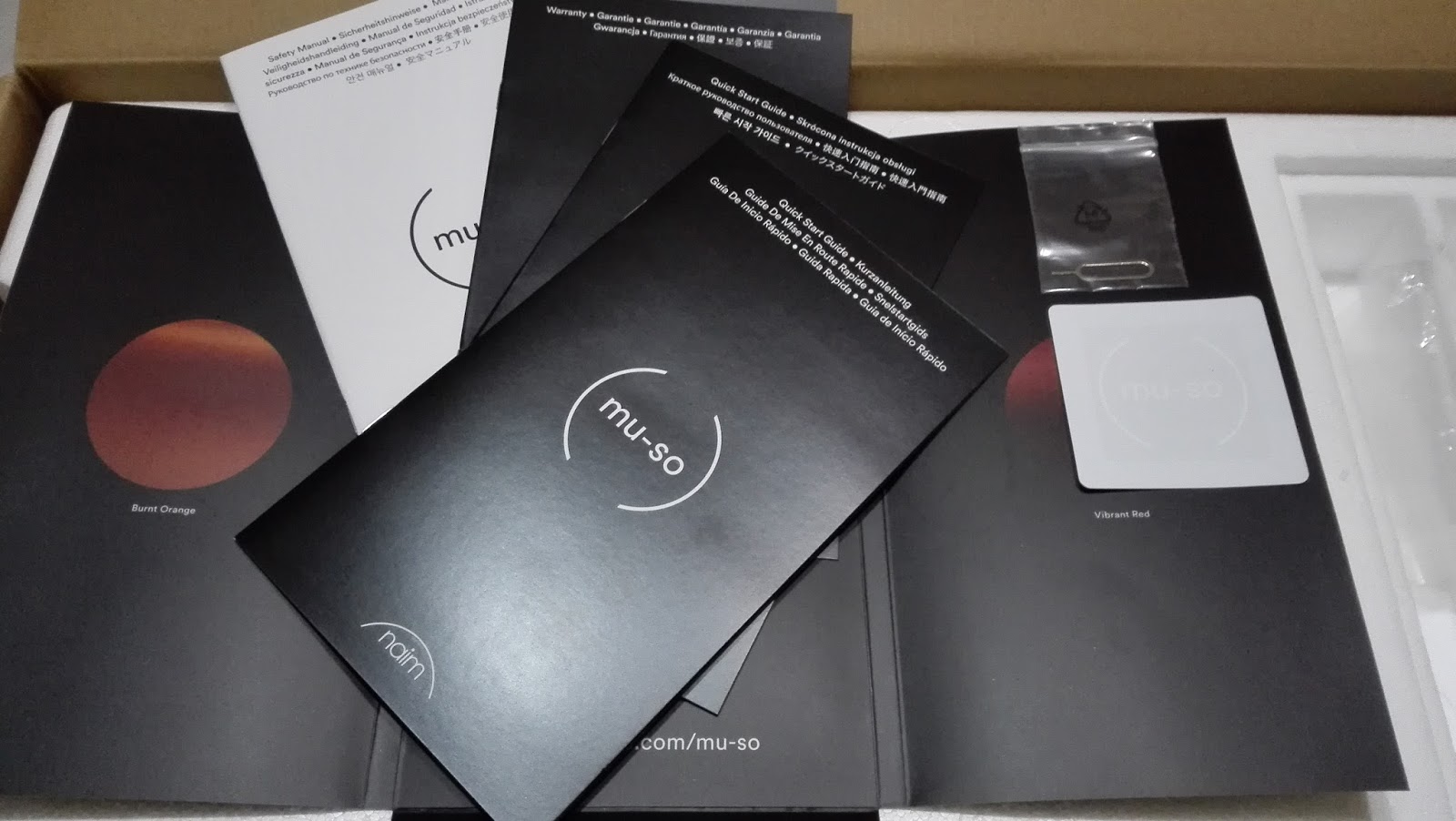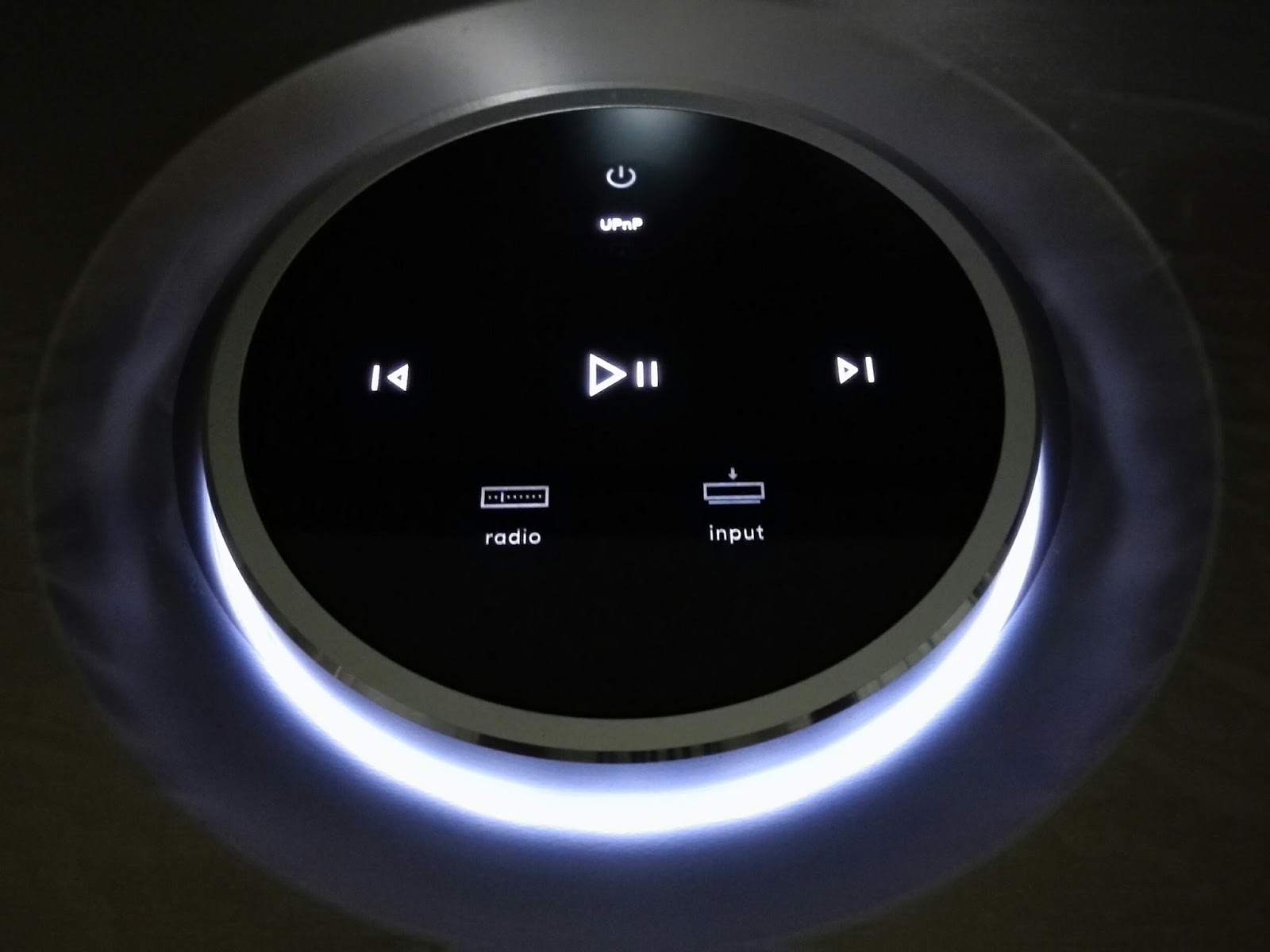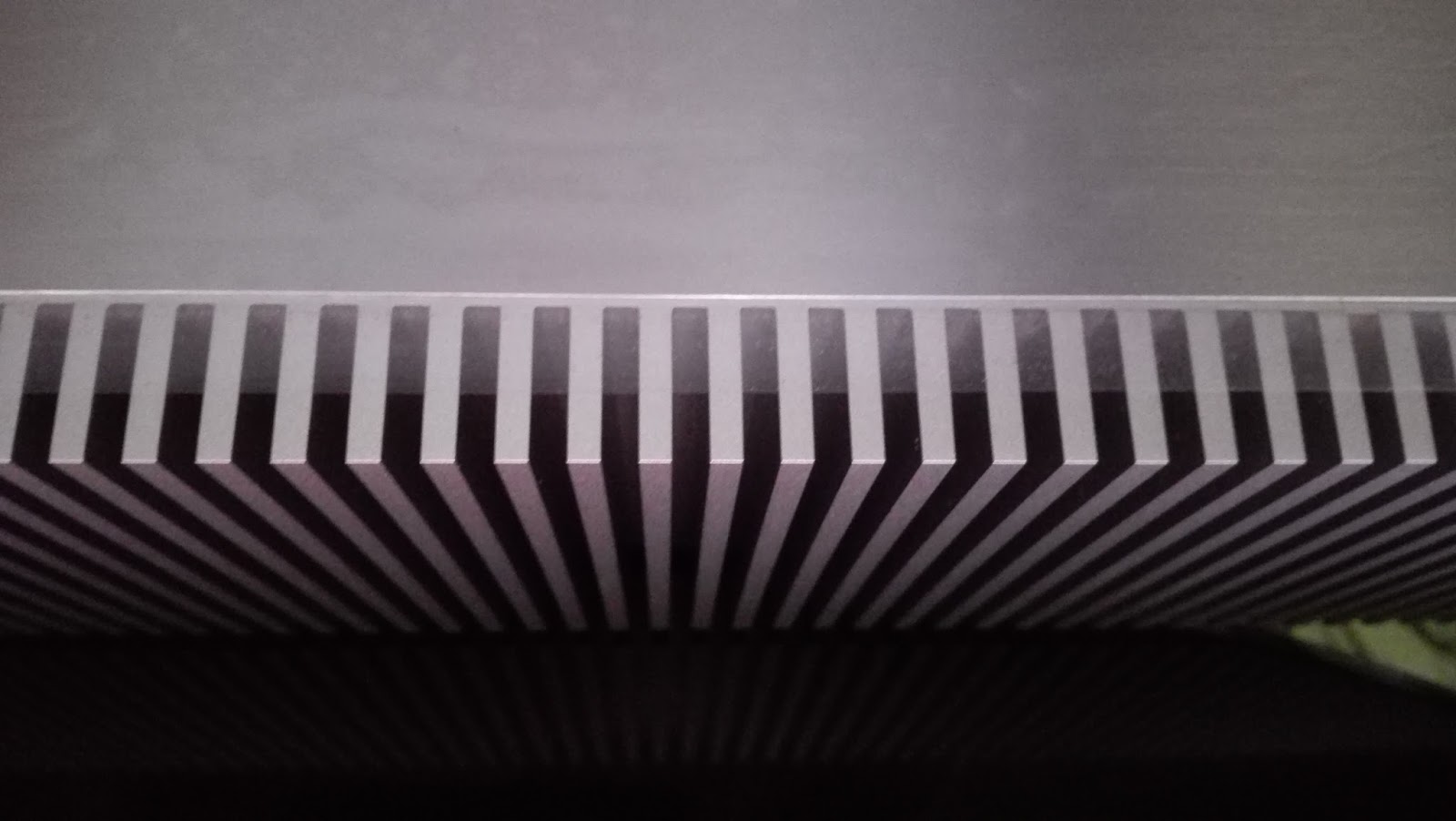The road to nirvana |
|
My journey into Photography, Horology, and Audiophilia |
mu-so by Naim
January 12, 2015
Redefining, unifying my audio experience
Growing up in the days when vacuum tubes, turntables and reel-to-reel tapes are the main components in an audio system, I've been riding the transition. Inevitable, but I still have a choice.
My current main system is a modern take on the classic system- Clearaudio turntable with linear tracking tonearm, Naim NAIT 5i integrated amplifier, Infinity Kappa 200 bookshelf speakers, and Naim HeadLine headphone amplifier.
The wave of digital is strong, not because of its sonic quality, but the convenience it offers. I've added a Synology NAS which became my media server, and Western Digital 900C wireless router to make my media accessible from anywhere.
Using the Synology apps for iOS, Android and Windows phone, I am able to listen using my headphones anywhere in the house. However, I sometimes like to play the same media on my main system and I can only do that using any of these methods-
- via the iPhone 5S thru the iPhone dock connected to the front panel analog input of the NAIT
- via the Xperia V thru USB on-the-go connected to my FiiO Alpen DAC and then thru the analog output to the front panel analog input of the NAIT
I need that sort of "transporter" to pull media off my Synology and throw them into my main system via DAC and/or cable. Not to mention that my main system is at the second floor and I normally work at the living room area which is on the ground floor.
Using the same transporter method, I can use the secondary system at the living room with a Harman Kardon AV receiver and vintage Bose 301 Continental speakers. But I don't want to live with that anymore. I wanted a device that can directly pull media from the NAS and play it.
Mu-so by Naim
In what seems to be a perfect timing for me, Naim's first wireless music system was born. I made a blanket order from my friends at Architectural Audio and I got it last Sunday.If you want to know what the manufacturer says about this product, head on to their website.
Packaging is heavy-duty, double box with thick Styrofoam padding. Essential accessories are provided that includes power cord, remote control, manuals, sticker, and pin aka SIM-card removal tool of the iPhone.
It is a beautiful, well crafted product that Naim is known for.
Connectivity is king
The mu-so offer various connectivity options and here is how I use them.
![]()
UPnP™ (Universal Plug ‘n’ Play)
Both my Western Digital 900C and Synology NAS
supports UPnP and as such are media sources for
the mu-so. No longer will I need a transporter
as the mu-so can stream directly from these
devices via Wi-Fi (or cable).
![]()
AirPlay
Although I don't have a big
collection of music in my iPhone
5S due to limited storage, I can
use AirPlay when I'm running
Spotify on my phone and throw it
to the mu-so.
![]()
Spotify Connect
![]()
Internet Radio
Right now, I won't be able to use these features because I don't have permanent internet at home. I simply tether my devices to my phones for internet connectivity. Technically I could tether the mu-so to one of my phones, but I have not tried it.
![]()
Multiroom Streaming
Another feature I may not be able to use unless I win the lottery. This would require ideally, a Naim streaming "master" where multiple mu-so can connect to. Alternatively, I can use AirPlay to simultaneously play to multiple mu-so devices.
![]()
Bluetooth
This is my last choice for wireless connectivity and it will come in handy.
![]()
USB
If one prefers wired connectivity from their devices such an iPhone, iPod, or Android phones and tablets, this is an option. For Android devices, they must support playback via USB and not just having USB OTG. The Sony Xperia V and C3 supports this mode. In addition, it can play media from a USB stick and technically, it should be able to play from my low-powered external drive that I use with the Alpine head unit in my car.
![]()
Digital Input (Optical)
My Panasonic DMP-BD85 has an optical output and I use this to route the audio into the mu-so when watching movies. The video is sent to my aging 32" Samsung LCD via HDMI and I simply turn off transmission of audio via the settings menu. Alternatively, I can also use the analog output of the BD85 to transmit the audio signal into the analog port on the side of the mu-so, but I'd rather save it for something else. A turntable, perhaps?
Analog Input
Yes, the mu-so does have one analog input via a 3.5mm jack on its side. I use the Oyaide HPC-35R interconnects for this purpose.
Seems a lot right? It's actually the variety and not the quantity that makes the mu-so a master in connectivity.
Placement and integration
I didn't intend it for home theater use but the only area I can rest it is in the rack shelf to share with my Samsung TV. It fits.
It may be wide, but it's not deep that made it easier for me. It looks to be a fully integrated sound bar, although I don't want to call it like one, even if it looks like one.
Do take note that there is a setting in the app to set the distance of the mu-so from the wall. Basically within 25cm or greater than 25cm.
Setting up
Firstly, I wanted to do a completely wireless setup and my Wi-Fi network is password protected. In addition, I am broadcasting in two frequencies- 2.4GHz and 5GHz, hence two distinct SSID (network name). My setup devices, the iPhone 5S and Honor 6 (Android KitKat) are configured to connect to the 5GHz band. To simplify setup, one can do the following:
- Make sure you have the Naim app installed on your iOS or Android device
- Make sure that your wireless router is broadcasting in 2.4GHz
- Connect you iOS or Android device to the wireless network
- Turn on the mu-so
- Launch the Naim app
- Follow the instructions
If you don't have the Naim app pre-installed on your iOS device. You can do the following:
- Have the Apple USB cable ready
- Make sure that your wireless router is broadcasting in 2.4GHz
- Turn on the mu-so
- Turn on and unlock the iOS device and turn on Wi-Fi
- connect one end of the USB cable to it and then plug the other end to the mu-so
- Using the pin tool, briefly press the pin hole button on the side panel
- The "Share Wi-Fi Settings?" dialog box will appear on your iOS device at which time you should select Allow.
- Wait until the indicator illuminates in white
There are two other ways to perform the setup and they can be found in the manual that you can download. This detailed manual is not part of the packaging so yes, I was guilty of not reading the manual.
Naim also ha a dedicated mu-so support site that you can check out before setting up or when you're stuck already.
Performance
Wi-Fi performance is very good and there's no hint of lag or drop-off. It connects to the 2.4GHz band of my router, and while I wish it does so on the 5GHz band, it's not a deal breaker. 2.4GHz is also widely available and some low end devices only work on this band so that explains the design choice.
Sonically, I was honestly disappointed at what I was hearing the first time I listened to it at home. During the audition at the dealer's store, where the space is much bigger than mine, it sounded big. After a few albums, it is sounding better and better and I thought what a great way to break it in, is to use it for home theater duties.
The Blu-ray disc that came to mind is something I have bought moons ago and have not actually played. You can't go wrong with Metallica, Slayer, Megadeth, and Anthrax would you?
And here's what impressed me- the wholeness, completeness of the music is shocking. I am a person who prefers hearing and not feeling the slam. Heck, I even use a really small Dali AW8 sub-woofer. I was listening at relatively low volume but the dynamics are so engaging. The Blu-ray material must be really good or the mu-so is, or both.
I know it sounds big, but not that it will sound this big at low volume. There is NO COMPRESSION at all in the music reproduction. Unlike other devices that have a "night mode" for low volume listening, there is no such setting on the mu-so.
I can hear the power of the performances with the top notch dynamics. I may be too close (yeah, small 4m front to back living room) as the sound field seems smaller than it was at the store. At this low volume (just a little over 1/4 in the app) the low octave performance is surprising. I was foot stomping with glee.
The detail and articulation is unbelievable for a device with such small drivers. Perhaps, the massive 450W of digital amplification is responsible for this. My NAIT 5i only has 50W/channel of discrete amplification.
Vocals seems to be the forte of the mu-so, that even James Hetfield sounds enchanting past his prime. On another track, Kelly Clarkson and Jason Aldean sounds engaging and emotional with the Don't You Wanna Stay track in uncompressed WAV from the Synology.
Bass lines are taut and controlled, although I thought that Lars sounded tamer than the rest, but that's not the mu-so's fault.
In my unit, top-end extension didn't exhibit any sign of hardness and sibilance is under control.
PRAT is excellent. This is a Naim product, so there is no surprise here.
Conclusion
To me, the mu-so is the end-all device to satisfy the digital world I'm riding in, without leaving the past.
It is not a cheap device as it is more expensive than my NAIT 5i but it offers the simplicity, and unification in a single box.
